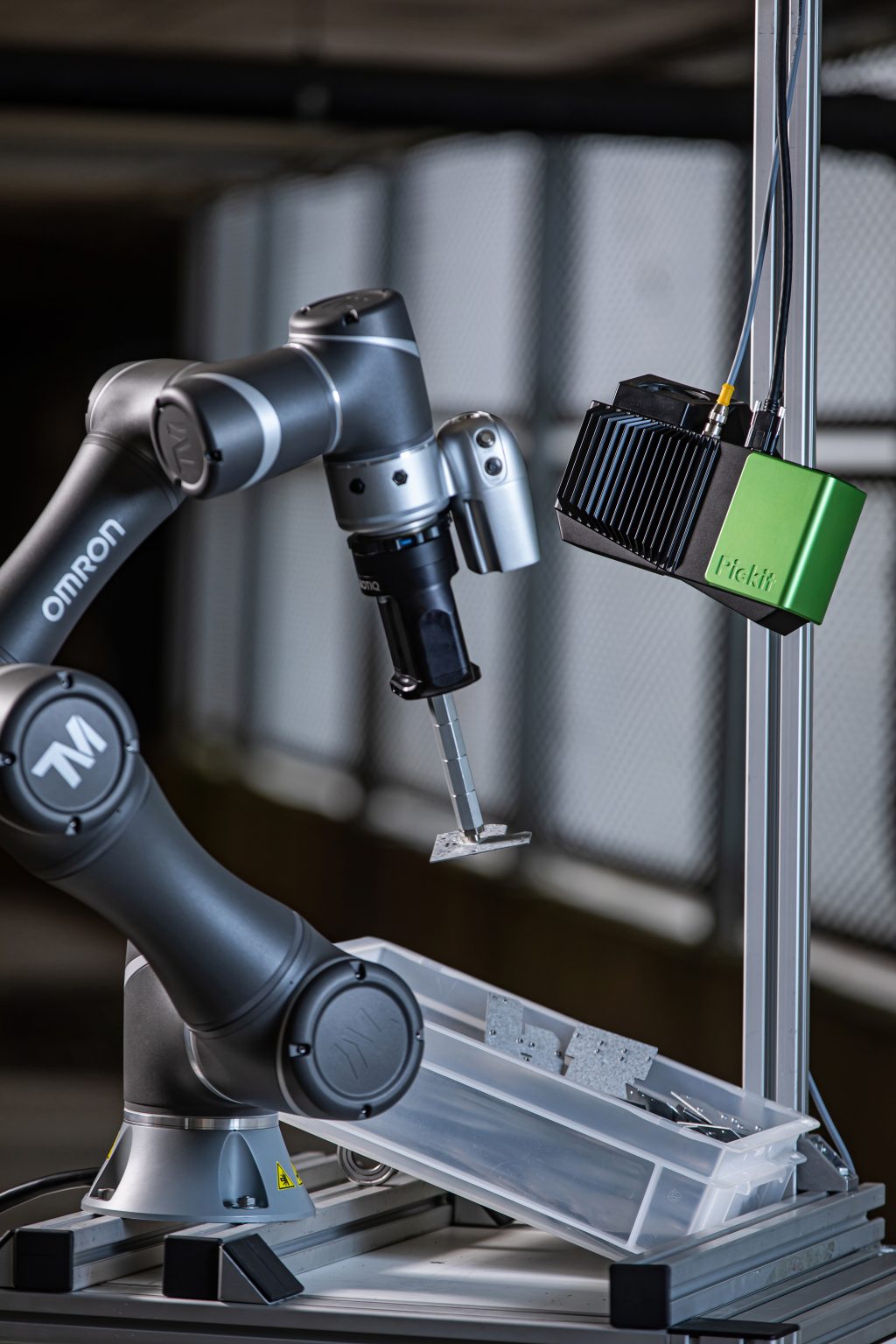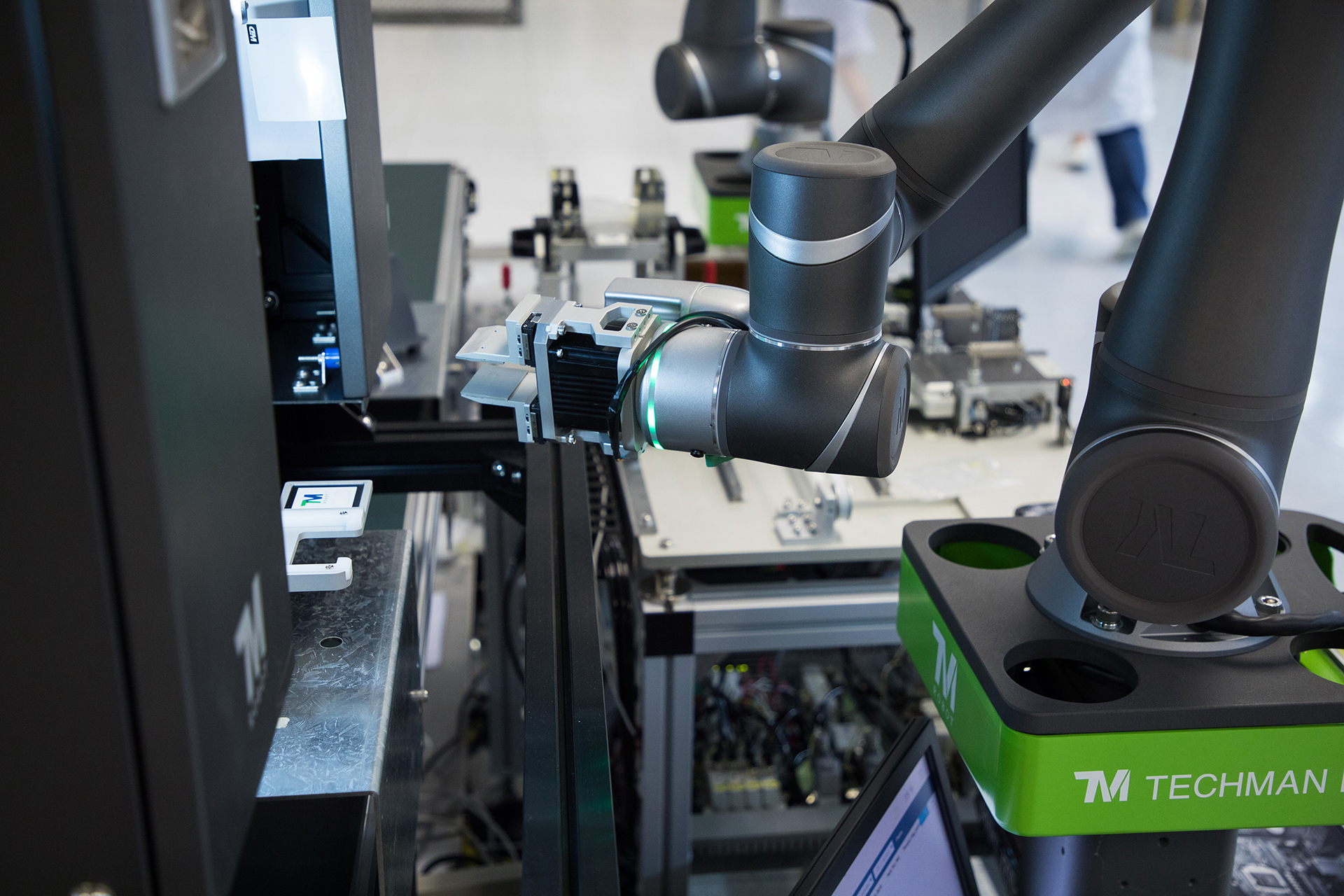Collaborative robots have been a staple in many production lines since as early as the late-90s. While not all businesses eventually integrated collaborative robots into their process, those that have reaped benefits such as task automation, employee safety, increased productivity, and more.
As most businesses are modifying their processes amidst a new normal, there is now a need for new practices. What was once considered inefficient and unproductive has now become the safer option as physical distancing and reduced human contact are now becoming the new norm for all production lines. But for those who have already integrated cobots into their process, the changes are very minimal.
Because even before the onset of the pandemic, cobots have provided production lines with multiple advantages that have now become essential to running a business safely.
Physical Distancing Between Employees
Prior to the pandemic, it was common for factories to have multiple employees within a few feet from each other. Today, the World Health Organization recommends physical distancing of at least one meter between individuals. This may be difficult for many factories that require multiple employees to work close to each other.
But for collaborative robot-integrated factories that require less manpower, the already reduced number allows employees to maintain their distance from each other. Cobots are safe to work within proximity to humans, so they can assist in certain tasks rather than having a second person within proximity.
Not only does this reduce the number of people required in a factory and reducing the risk of viral transmission, but with cobots handling the automated tasks, there is less room for error, lower operating costs, and higher productivity.
Contactless Production
A study published in the New England Journal of Medicine found that the COVID-19 virus can survive on certain surfaces between several hours to days, depending on the type of surface. This means that if an employee happened to touch the product being made, there is a chance that the virus can transmit to another employee or anyone within the chain to get the product from the factory to the customer.
Cobots reduce the need for contact between humans and the final product, ensuring that the products are at very low risk of getting contaminated. This minimizes the number of surfaces that can be contaminated as robots will be responsible for handling the other touchpoints.
Answering Increased Productivity on Lower Manpower
Physical distancing will mean that factories will have less manpower present. For those that have not yet integrated cobots into their production line, this means delays in product fulfillment as there is less manpower to perform certain tasks. But for factories that have already integrated cobots, this simply means the collaborative robots will work harder to compensate for any lost manpower.
This can help businesses meet the growing demand for several products competitor businesses are struggling to stay afloat. Productivity can remain as high as it was before the pandemic even with the safety measures in place. Collaborative robots can easily operate for 24 hours consecutively while maintaining high consistency like any other robot.
Those who have already integrated collaborative robots into their production line will find minimal changes are needed to ensure their employees’ and consumers’ safety during the new normal. For those who have yet to integrate cobots, this is proof why the future of production will include cobots to handle more of the automated tasks to help prevent the risk of infection.


